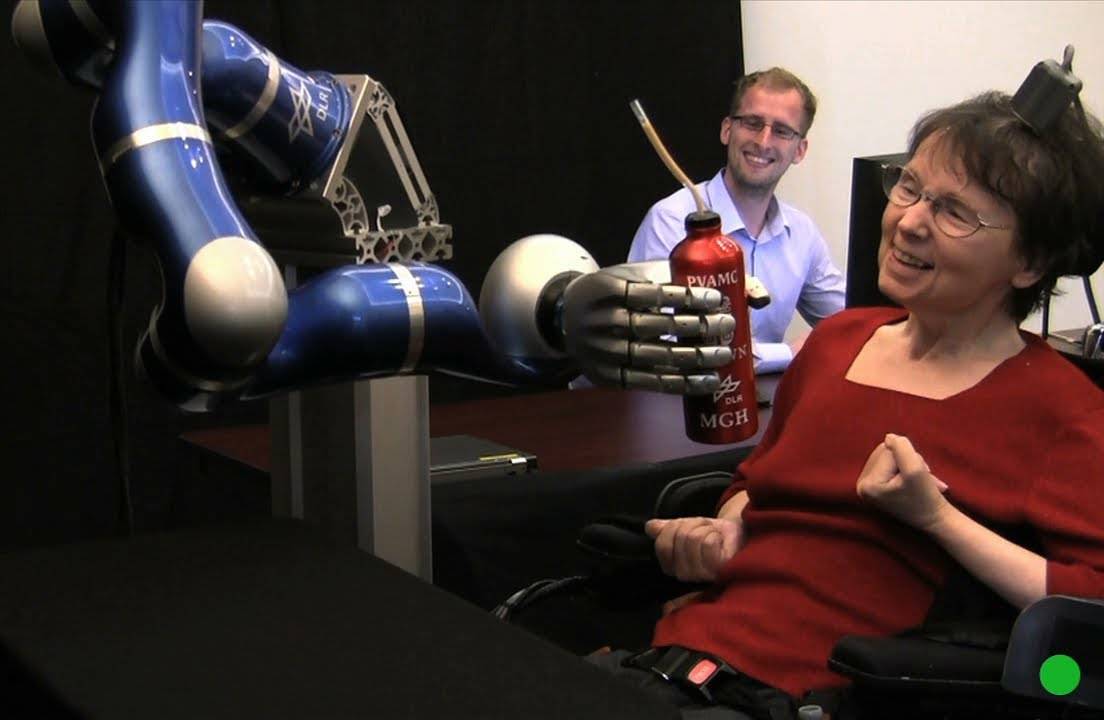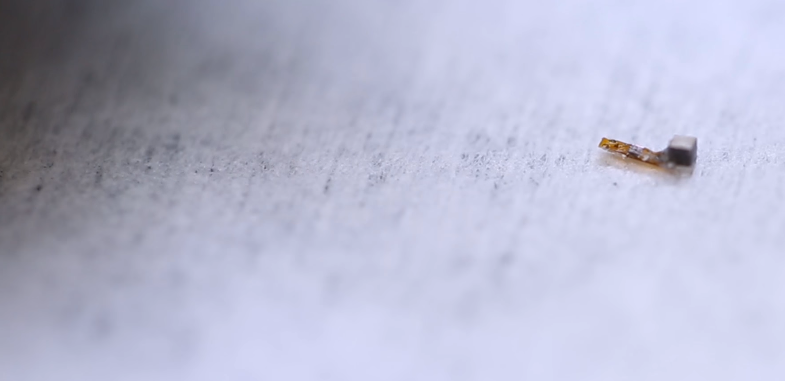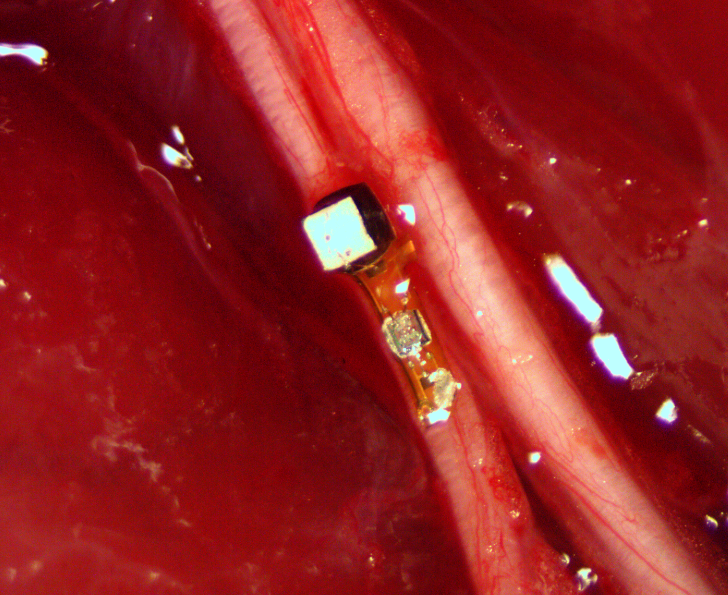Scientists at UC Berkeley have built a tiny, wireless sensor that might someday be able to monitor muscles or organs in real time, stimulate nerves to treat diseases, or allow people to control prosthetics with their minds.
The sensor is a 1-millimeter cube, about the size of a grain of sand. Researchers implanted them in the muscles and peripheral nerves of rats to record electrical activity, which provides information about how the nervous system is functioning in actual time. The research was published this month in Neuron.
One of the major problems in neurotechnology has been figuring out how to make durable and unobtrusive implants that can record and stimulate nerves. There are electrodes that connect a human brain to a prosthetic, such as a robotic arm, but they are cumbersome and have not been engineered to last for decades.

"We thought what if we could build really tiny things," says lead author Michel Maharbiz, professor of Electrical Engineering and Computer Sciences (EECS) at UC Berkeley, "untethered, no wires—and put them into your body, literally a little cube of sand could be put into your body, right next to the neuron that you cared about, and we could talk to it from the outside, without any wires or anything—then that would be a step towards solving [the problem]."
The 'Aha' Moment

